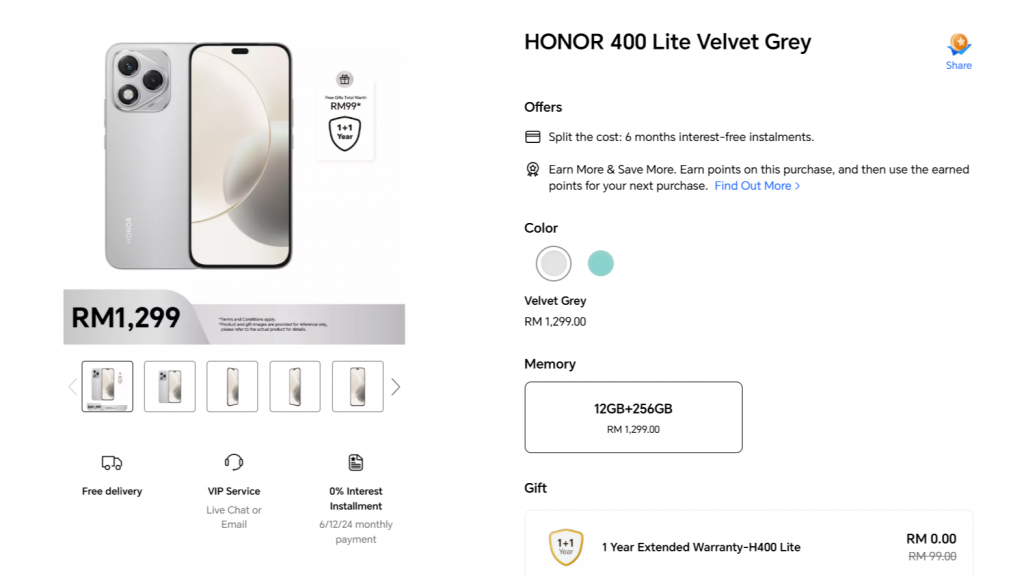Once in a while, every online business needs a WiFi Network Security Risk Assessment. In today’s world, everyone is connected with at least one internet connected device.
With such things happening in the world, it is vital to have a strong strategy that will protect and prevent such problems. According to a recent study, people have learned that hackers can use public WiFi hotspots to access the essential data of topmost businesses. Some have faced the problem of data manipulation and data loss of their customers. So, such cyber attacks don’t come with a warning.
It’s best for you to have some strategy to secure your network from these upcoming threats. With our post, we can help you eliminate some of these troubles.
We’ll discuss the essential and ethical practices you can use to protect yourself and your business from cyber threats.
So, without further ado, let’s begin understanding what is network security assessment and the essential practices to prevent data breaches from happening.
Network Security Assessment: The Essential Thing To Protect Network Intrusions
If you’re looking for a quick answer of what it is then it’s an audit or a review of all your network’s security measures. They help you find and detect the vulnerabilities through which your system may be affected. It involves how your business assets may get compromised and then listing some simple procedure steps that’ll help you protect them.
The Purpose of Network Security Assessment
The primary purpose of the network security assessment is to keep all your network, data, and devices secure. It discovers those loopholes that act as entry points for hackers or reasons for cyberattacks to happen. Be aware that such things can happen inside and outside your organization. A security assessment is like a safe fail system that helps you detect how your network system will ever breach.
Ways and Practices To Keep Your Network Secure and Safe
1. Enable two Factor Authentication for Your Network Logins
A Wireless Network Assessment will recommend your network to have two factor authentication security. This feature adds a topmost layer of security whenever someone logs into your system. After punching the username and the password, the user trying to log in will also have to enter the security code generated by the authentication app. So, only authorized users can login. It will stop unauthorized people from accessing the login and keep your data safe.
2. Encrypt Data Files
Call it another safety feature from WiFi Network Security Risk Assessment. With data encryption, you restrict the access of an unknown user to decrypt the data. And it will then only be decrypted or accessed by authorized persons. With network security, encryption may be implemented in various ways, such as using software or hardware. Also, ensure that the employees know about this encryption and sensitive data. They must also have a way to adequately encrypt files.
3. Using the MAC Filtering
Consider it as one of the best practices in wireless network security assessment. MAC addresses have unique identifiers. And they are mainly assigned to devices that have network connection access. Otherwise, it restricts other devices to gain internal access. So, you can only allow those devices you trust and prevent any foreign device from accessing your data. Do it by accessing the router’s configuration and then adding trusted devices with permission to access it.
4. Introduce a VPN Service to Your Network
VPN stands for Virtual Private Network. With VPN services, you can take advantage of encrypting all the outgoing and incoming traffic between the device and the VPN server. In this way it makes it complex for someone to do intrusion or have eavesdrop on the connection. Here’s the catch: We recommend only using the trusted VPN providers. Also, make sure your employees know and understand the importance of using VPN when they are working remotely.
5. Enable the Use of Firewall
Using a firewall sounds like another best practice in network security. It blocks all the incoming traffic and protects the system’s data from getting compromised. Also, it acts as a solid front to safeguard the system from any malicious attacks or software. Presently, if you’re interested in using firewall services, it comes in two types. One is network based, and another is host based. The network based firewalls cover the business environments. And the host based firewalls are primarily individual based.
6. Avoid enabling unnecessary services
You may enable several services that mostly come during the router installation. If you don’t correctly monitor all these services, unethical people or hackers may exploit them and cause your data breach. So, to prevent such a thing, turn off the services you don’t require. The standard unnecessary services include HTTP, SSH, and more.
7. Protect your SSID or Service Set Identifier
If you want outsiders not to access your network quickly, avoid publicizing your SSID. The WiFi routers have the option of turning off your device SSID which creates a difficulty for the attackers to either attack or exploit any know vulnerabilities over your network.
Wrapping It Up
With these simple strategies and best practices, it is essential to protect the data breach of your system. It doesn’t matter whether you’re a successful business or an individual who likes to store its data online or over cloud computing services. There is always a vulnerability of getting hacked or data exploitation. There are many WiFi Network Assessment service providers in Jamaica such as Annexus Technologies that provide different types of WiFi security services. So, make sure to contact them for more suggestions regarding network security.







